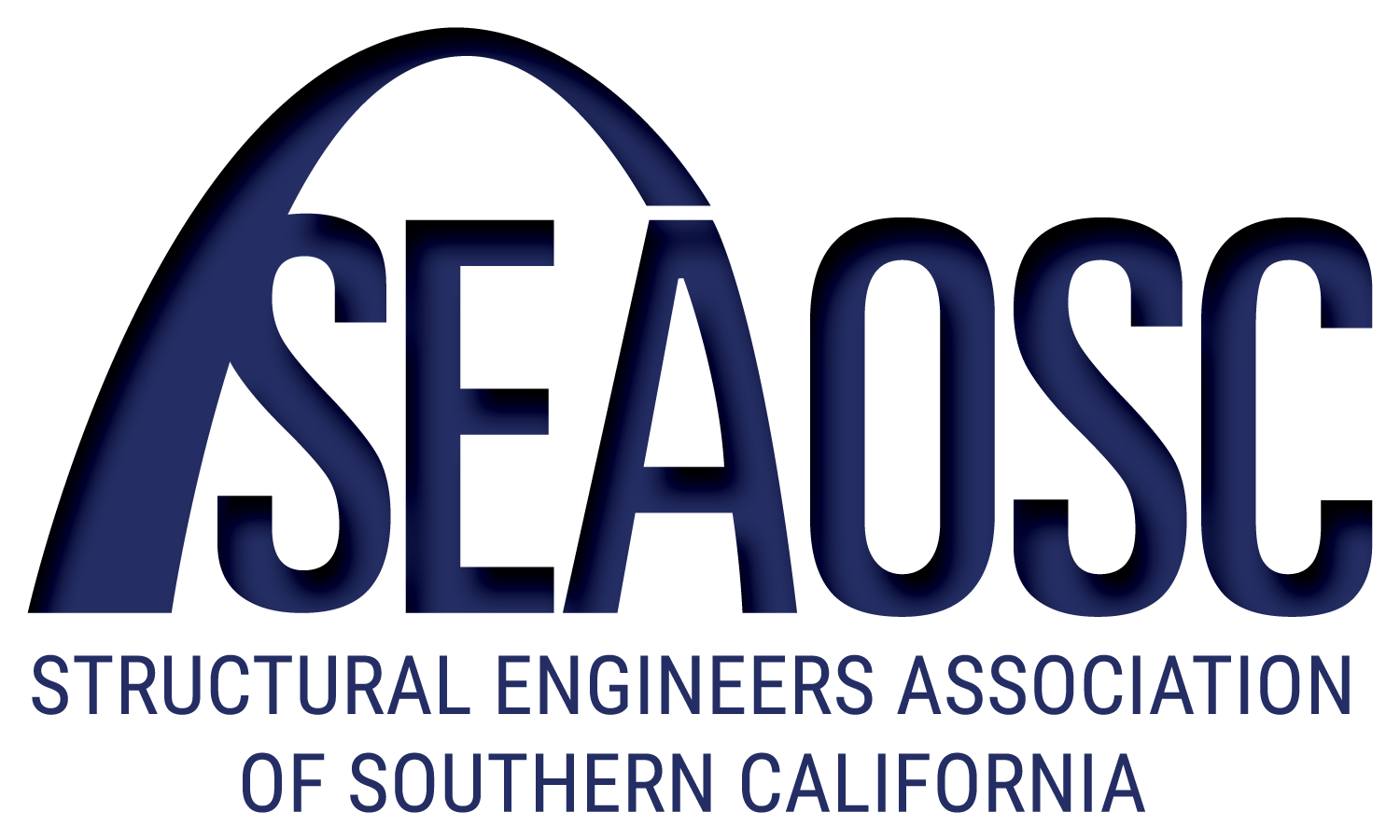Menu
Log in
Contact UsSEAOSC Office | About SEAOSCThe Structural Engineers Association of Southern California (SEAOSC) is a professional association with a rich history and a commitment to shaping the future of structural engineering. This legacy continues to affect the field, as SEAOSC remains a dynamic platform for knowledge sharing, professional development, and community engagement. |
Powered by Wild Apricot Membership Software

